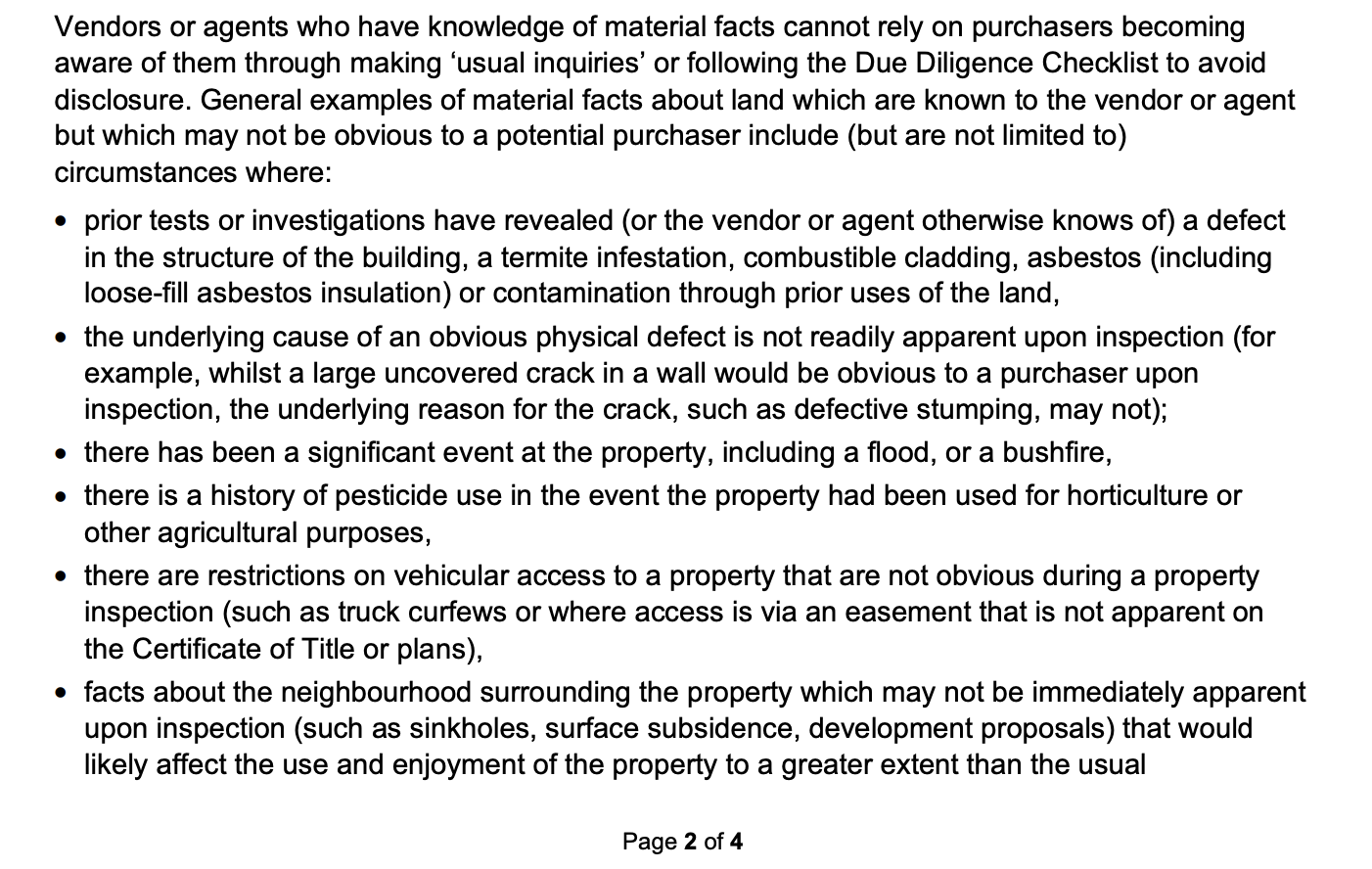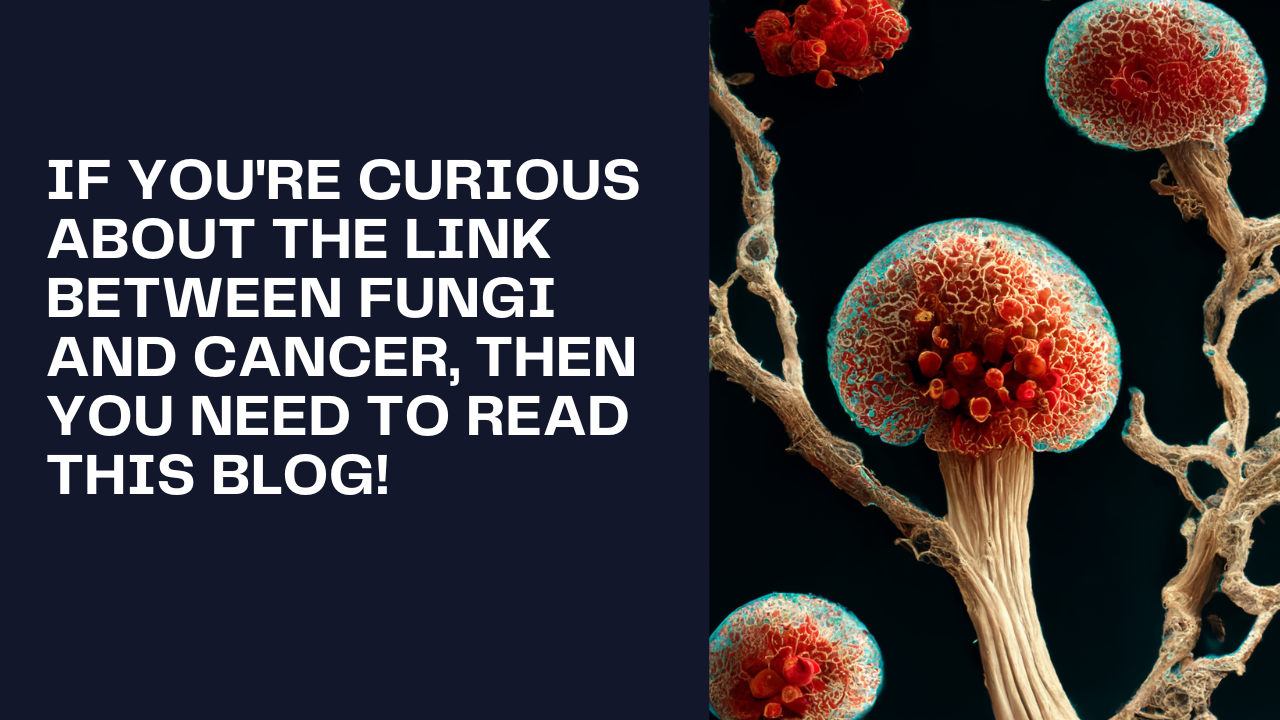Hidden Dangers: How Mould Can Impact Your Property Purchase in Victoria and What Agents Are Legally Obligated to Disclose!

The advent of Material Fact Guidelines has brought a significant change in the real estate landscape in Victoria, Australia. Enacted on 1st March 2020, these guidelines were designed to protect purchasers of land, buildings, and Strata by emphasizing the importance of honest disclosure of information. The global pandemic, however, overshadowed its rollout and left many unaware of this vital legislation.
Under this legislation, Estate Agents must provide comprehensive disclosure about the properties they're dealing with, avoiding concealment of any material facts. If a fact isn't disclosed honestly, both the estate agent and the vendor could face significant consequences. The guidelines, though straightforward, require keen understanding for effective implementation.

A significant implication of these guidelines is the pressure they put on real estate agents and vendors to share information beyond the conventional Section 32 documentation. This information could relate to past insta...
A Better Appreciation of the Connection Between Fungal Bioaerosols and Workplace Safety

Introduction:
Fungal bioaerosols have been a major concern in many industries and non-industrial workplaces due to their potential to cause respiratory problems. However, the circumstances where fungal bioaerosols are major issues have shifted over the past 40 years, especially with changes in the industrial sector and the design and operation of nonindustrial workplaces. To better understand the current thinking and mechanisms of fungal exposures, this review attempts to frame the history and provide potentially useful sources of information for physicians and their patients.
What the Review Looked At:
The review highlights that the major impact of fungal exposures is not only from their allergens but also from an array of Danger-Associated Molecular Pattern molecules. A significant molecule is the type of glucan found in moulds that grow in damp buildings, wood chips, and crops that is beta 1, 3 D glucan in triple helical form. This compound is exquisitely sensitive to the dectin ...
The Shocking Discovery: Fungi Found in 35 Types of Cancer!

Introduction:
Fungi are not just the pesky organisms causing athlete's foot or thrush. They are actually an important part of our immune system, and when things go wrong, they can even contribute to disease. In fact, recent research has found that fungi may play a role in cancer development. While they have been detected in some individual tumor types, their presence and impact across a broad range of cancers remains largely unknown.
Fungi and Cancer:
So far, researchers have detected fungi in 35 different types of cancer, with some types of fungi found to be more common in certain cancers. For example, Candida and Malassezia were more often found in esophageal cancer, while Aspergillus and Cryptococcus were more prevalent in pancreatic cancer. In addition, the fungi were often found inside cancer cells, suggesting they may be playing an active role in tumor development.
The Unknown Effects:
Despite the growing evidence of fungi's involvement in cancer, much remains unknown about ...
Mycotoxin Urine Testing for Mould Illness

Introduction
Mould is a common problem in many homes and buildings, and exposure to mould can cause a number of health problems. One of the most serious health issues associated with mould exposure is mycotoxin illness. Mycotoxins are toxic substances produced by certain types of mould, and they can cause a range of symptoms, including fatigue, headaches, brain fog, and respiratory problems. One way to determine if you have been exposed to mycotoxins is through mycotoxin urine testing.
Understanding Mycotoxin Urine Testing
Mycotoxin urine testing is a type of laboratory test that can detect the presence of mycotoxins in the body. The test involves collecting a urine sample and sending it to a laboratory for analysis. The laboratory will test the urine for the presence of various types of mycotoxins, including aflatoxin, ochratoxin, and trichothecenes.
It's important to understand that mycotoxin urine testing is not a definitive test for mould exposure or mycotoxin illness. Whil...
Dangerous Mycotoxins in Our Food: Beijing Study Reveals Alarming Levels

The Beijing Study
Alarming Levels of Mycotoxins Found in Beijing Adults
Mycotoxins are poisonous substances made by specific kinds of fungi that can be harmful to human health. They can be found in a variety of grain-based foods and cereal crops, as well as in modified forms that increase exposure overall. In a recent study conducted in Beijing, it was discovered that more than 98% of adult urine samples contained at least one Alternaria mycotoxin, with alternariol monomethyl ether having the highest detection rate at 96%. (AME). Indicating the potential health concerns associated with mycotoxins, the computed average daily intake levels of AME (12.5 ng/kg b.w.) were five times the tolerated daily intake (TDI) value (2.5 ng/kg b.w.) set by the European Food Safety Authority (EFSA).

The Impact of Indoor Air Quality on Mycotoxin Exposure
Mould and Fungi: A Hidden Danger in Your Home
The results of this study emphasize how critical it is to pinpoint the mycotoxin sources and human expo...
Structural Defects Are The Leading Cause of Mold - Don't Ignore These Warning Signs

Key Points
A recent study evaluated the contribution of building issues to mold proliferation in dwellings. The study investigated 503 homes of patients suffering from respiratory diseases and found that building defects were the leading cause of mold growth, with water infiltration through leaks in roofs or walls as the top contributor. These results highlight the importance of health professionals being able to request home inspections and for city health authorities to address building issues in order to prevent mold proliferation.
Introduction
• In the United States and Europe, 20% of homes have been found to have mould growth. Both immediate and long-term health effects are significant.
• Globally, a number of governmental and nongovernmental groups have produced recommendations regarding the dangers of indoor mould to human health. Mold-infested building home examinations have uncovered a wide range of danger signs.
• Practically speaking, the specialist conducting the home in...
Exposure to cats and mould can cause respiratory symptoms, and it's important to take steps to avoid this!

INTRODUCTION
Recent research published in the International Journal of Environmental Health Research reports on the relationship between household exposure to various factors and respiratory symptoms. The focus is on Malaysia, a tropical country with three ethnic groups having varying asthma prevalence. In previous research, 3-10 per cent of Malaysian schoolchildren were diagnosed with asthma and 5-8% had current wheeze.
The presence of fractional exhaled nitric oxide (FeNO) is a well-known marker of TH2 airway inflammation in allergic asthma and rhinitis. In children, FeNO is elevated if it exceeds 20 ppb. FeNO can be linked to height, male gender, and immediate-type allergies.
There are only a few studies on how household air pollution (HAP) affects FeNO. Microbial growth and chemical degradation of building materials can be caused by dampness, water leakage, and mould. FeNO levels have been linked to lower exposure to endotoxin and dogs. We have published findings on the role of ...
If you're curious about the link between fungi and cancer, then you need to read this blog!

Introduction
Fungi are understudied but important commensals/opportunistic infections that shape host immunity. Individual tumour types were found to have fungi, which contribute to esophageal and pancreatic cancer carcinogenesis. Their presence, identity, location, and effects in the majority of cancer types are unknown. Fungi and bacteria have symbiotic and antagonistic relationships (Frey-Klett et al., 2011; Peleg et al., 2010; Shiao et al., 2021), which further motivates research into their interactions in tumours. Combining their data results in synergistic colorectal cancer diagnosis.
Here are the key points of this research:
Results
- Many human cancers contain fungus nucleic acids. In two large cohorts of cancer samples the research team previously examined for bacteria, we profiled fungal DNA. Internal transcribed spacer 2 (ITS2) amplicon sequencing was used to check for fungal presence in all samples.
- The second cohort included data from The Cancer Genome Atlas that in ...
Fungal mycotoxins & ME/CFS could this be why you're tired?

Hello, and welcome to The Mould Show. My name's Dr. Cameron Jones. I'm an environmental microbiologist. And this week I have a fascinating topic, again, on the implications of living in a water damaged building. And we're going to be going over some of the extreme symptoms, which are not that extreme.
Have you ever felt tired or lethargic after spending time indoors? What happens if that experience of tiredness and fatigue never lets up? Well for a range of people who are exposed to water damaged buildings, that's exactly the types of symptoms that they tend to experience. And this is called ME or chronic fatigue syndrome and it has a specific name, and that's what we're going to be focusing on today. This concept of myalgic encephalomyelitis (ME) and chronic fatigue syndrome (CFS). What is the connection with fungal mycotoxins? And I know there has been a lot of research literature appearing that is focusing on the connection between the experience of water-damaged building interior...
Multiple Sclerosis and fungi – is there a link?

Hello and welcome to The Mould Show. My name is Dr. Cameron Jones, and this week we are focusing on a neuroinflammatory disease called multiple sclerosis. We're going to be looking at whether or not there is a microbiological basis to this condition and, importantly, whether there are some fungal microorganisms that are linked to this particular illness and, importantly, whether or not we can use the identification of these microorganisms as a predictor of risk.
Also, we're going to be looking at some of the emerging literature showing that there is a connection with the gut microbiome, and specifically the gut microflora, the fungal microorganisms.
So what we're going to be doing is focusing on multiple sclerosis and fungi. Is there a link? To do this, I'm going to be going through two of the main publications that have come out in the last two years focusing on this specific topic.
Again, all of these references are going to be available in the show notes description to the podcas...


